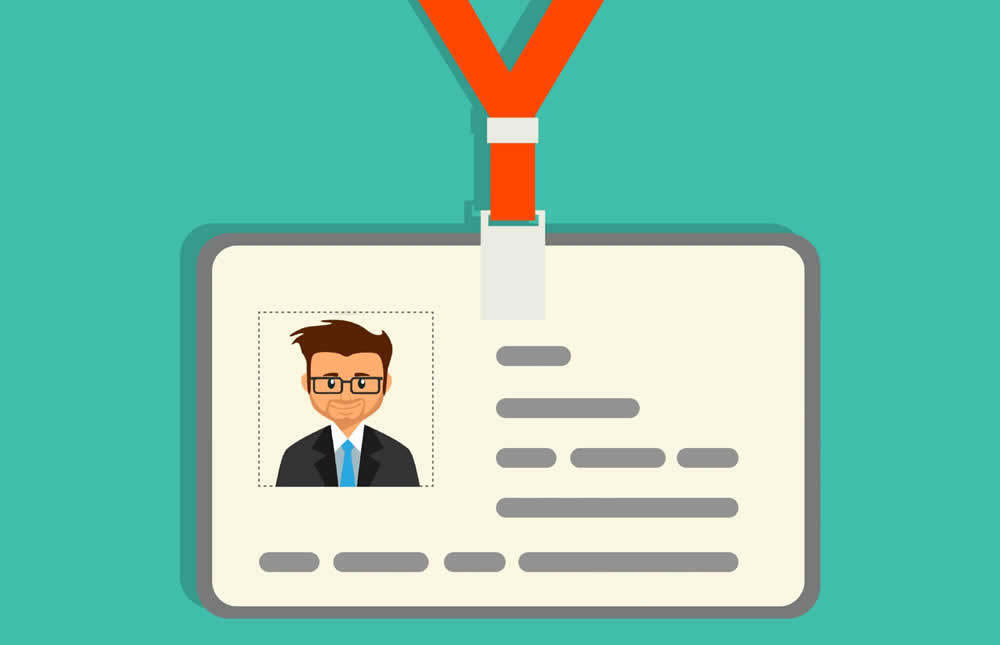Have you heard of an RFID time clock but don’t know much about it? Educate yourself more about RFID time clock usage here.
Few people recognize the name, Willard Legrand Bundy. Mr. Bundy has gone down in history as being the inventor of the first employee time clock. In 1889 he was the man who invented those punch card clocks that recorded the arrivals and departures of employees. Two hundred years later, time clocks are still relevant but enjoy so much more ease of use and benefits.
The time clock evolved from an unwieldy piece of cardboard that you insert into a faulty punch clock. Now, technology has given us the contactless RFID time clock.
Read on to better understand the function of an RFID time clock and its many benefits and advantages.
What Is RFID?
Radio Frequency Identification (RFID) is the use of radiofrequency waves to transfer information. There are two components to RFID technology: a tag and a reader. RFID is a contactless method of recording information since the tag and the reader can be at a distance from each other.
How Does an RFID Time Clock Work?
There are several types of RFID time clocks available on the market. All these systems are based on proximity and are contactless.
An employee will be assigned an RFID badge or ID card. Upon joining the company, the employee’s information is entered into the system and coded into a number associated with an identification card or RFID badge.
When the staff member enters or exits the establishment, they use their ID card or employee badge to record their presence or absence. This is done at the beginning of the day, for breaks and lunch, and at the end of the day.
Because the RFID time clock is electronic and web-based, the time record is accurate. This information is transferred electronically to payroll when wages are calculated.
Inside the contactless ID card or badge are an antenna, capacitor, and a Radio Frequency Identification (RFID) chip which stores an ID number. The time clock also has an antenna that continuously transmits a short-range radio frequency field. When the staff member holds their ID card or badge within close proximity (approximately 2 inches) of the time clock, the chip in the card transmits the ID number to the clock.
The time clock then performs a programmed function with the ID number, clocking the staff member in or out of work. The time clock usually confirms that the signal was received by using audio or visual signals. These can be an audible beep or an ID number displayed on a screen.
What Are the Advantages of an RFID Time Clock?
Biometric time clocks have become quite popular over the years with fingerprint or palm readers installed in many places. With the recent need to limit surface contact and sanitary measures, many companies are opting for the RFID time clock. It’s a secure and efficient way to monitor employee attendance.
Accuracy
A manual time-tracking system is faulty and prone to error. It’s difficult to verify as well. If an employee forgot to punch in or write down their arrival and departure times, how can you check?
Using a web-based electronic time clock, there is no chance for inaccuracy and also minimal chance of human error. Hours are logged and recorded and can easily be verified.
Knowing when your employee is frequently late also allows you to issue a warning letter or even fire the habitually tardy individual. Your decision can’t be disputed because there is no way to dispute the accuracy of an online timer clock that records the exact time.
Time-Saving
Manual time recording is time-consuming. Your staff loses time recording their entrance and departure times and your payroll personnel spend a lot of time calculating work time.
Calculating payroll manually can be a lengthy process. Time data has to be gathered and tallied, checked, and rechecked. This is done automatically by the RFID time clock that gathers and tallies the data for you.
According to the American Payroll Association (APA), automating your payroll reduces payroll processing costs by up to 80%. There is no longer a need for lengthy, and often faulty calculations. It’s done quickly from the time information provided by the time clock calculator.
Greater Transparency
Many RFID time clocks provide a tally of hours worked and salary earned via a time clock app. The employee can refer to the app on their smartphone for information about time cards, schedules, hours, exceptions, and accruals wherever they are. Providing such transparency empowers the employee and gives a sense of satisfaction for work completed.
Employees are also able to have confidence that they are receiving payment for the hours worked. Wage theft is increasingly in the news as employers will sometimes not pay employees all the wages due to them.
Cost Saving
By automating your employee time tracking, you’re spending less time calculating payroll, which translates to a significant decrease in the cost of generating payroll. Data is sent electronically from the RFID time clock to the human resources department or managers can access employee attendance.
Preventing time theft and buddy punching also saves you a significant amount of money annually. According to Small Biz Genius, time theft can cost up to 7% of a US company’s gross annual payroll.
Make Employee Time-Keeping Easier
RFID time clocks represent significant progress over the old ways of time-keeping. The benefits to the employer are numerous and employees feel like they have more control of their work schedule.
Even with the initial outlay of purchasing an RFID time clock, you will save money and time. Check out how TimeTrak Systems can help you by giving us a call or requesting more information.





